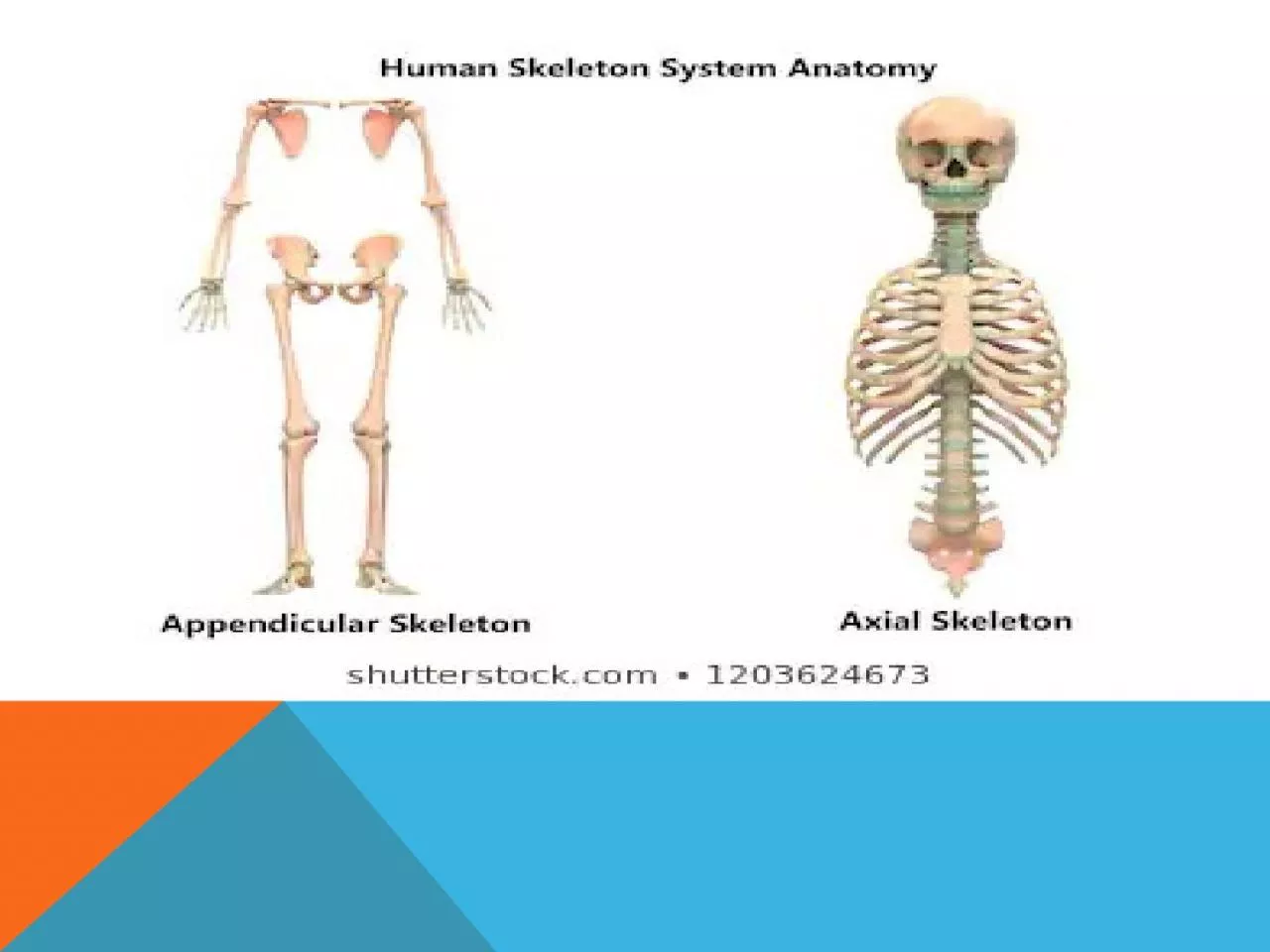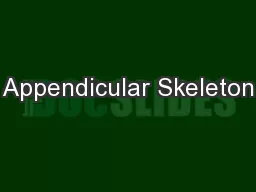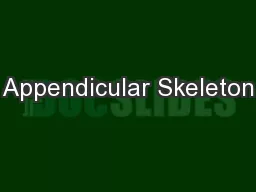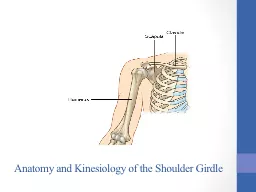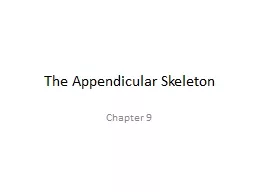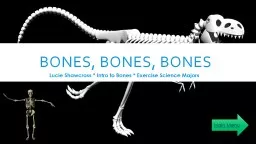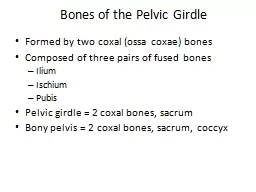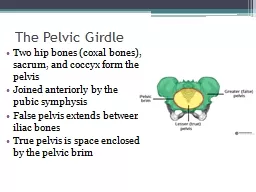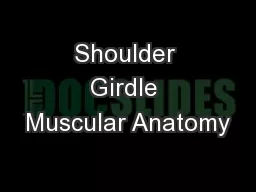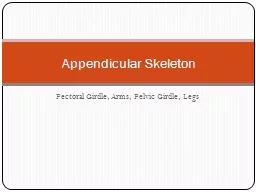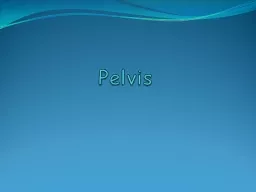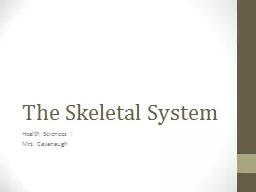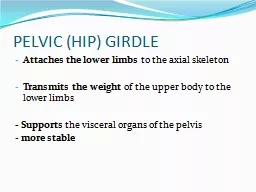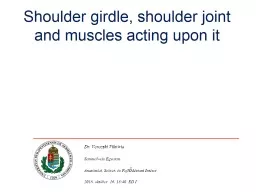PPT-Includes all bones of the upper and lower limbs, plus the bones(shoulder and pelvic
Author : ThoughtfulTiger | Published Date : 2022-07-28
There are 126 bones in the appendicular skeleton of an adult The appendicular skeleton The appendicular skeleton A The pectoral shouldergirdle consists of
Presentation Embed Code
Download Presentation
Download Presentation The PPT/PDF document "Includes all bones of the upper and low..." is the property of its rightful owner. Permission is granted to download and print the materials on this website for personal, non-commercial use only, and to display it on your personal computer provided you do not modify the materials and that you retain all copyright notices contained in the materials. By downloading content from our website, you accept the terms of this agreement.
Includes all bones of the upper and lower limbs, plus the bones(shoulder and pelvic : Transcript
Download Rules Of Document
"Includes all bones of the upper and lower limbs, plus the bones(shoulder and pelvic "The content belongs to its owner. You may download and print it for personal use, without modification, and keep all copyright notices. By downloading, you agree to these terms.
Related Documents

